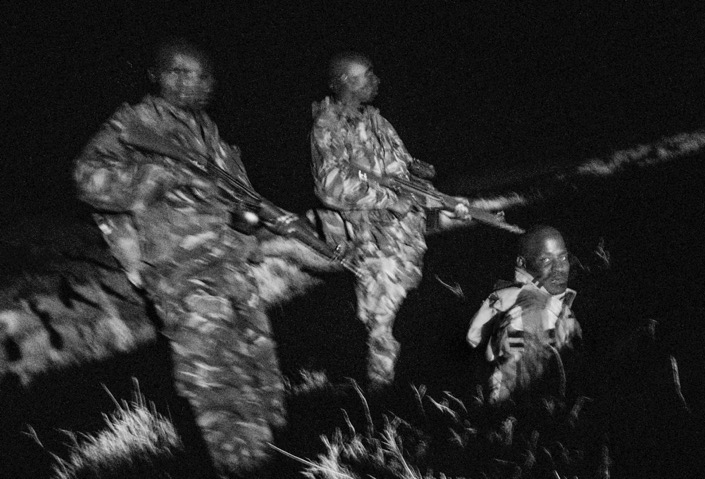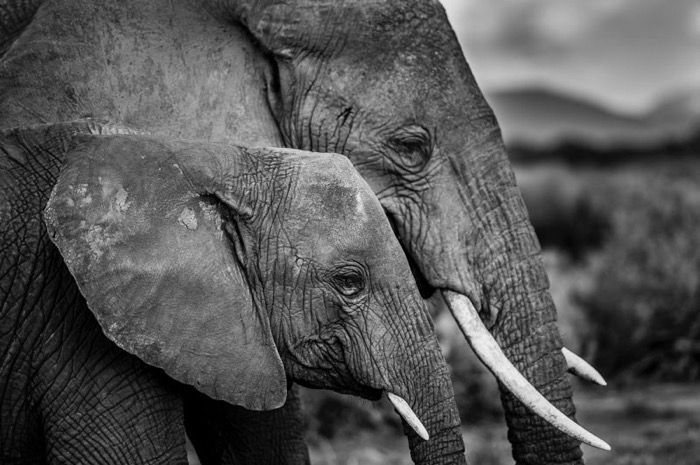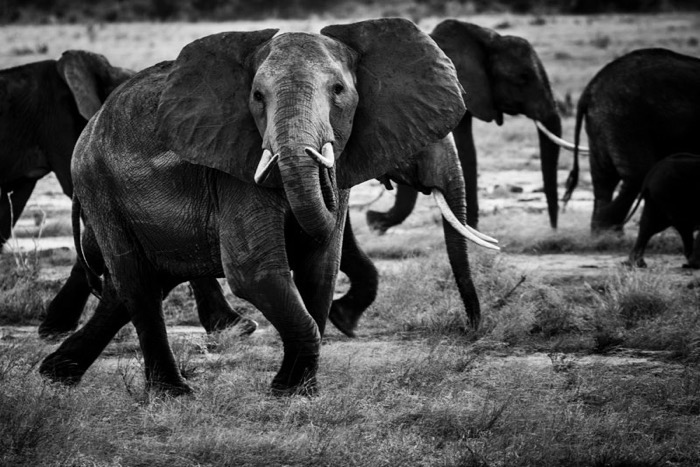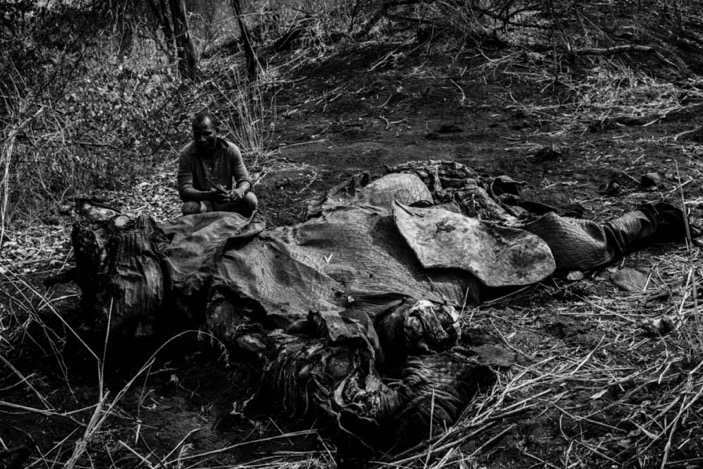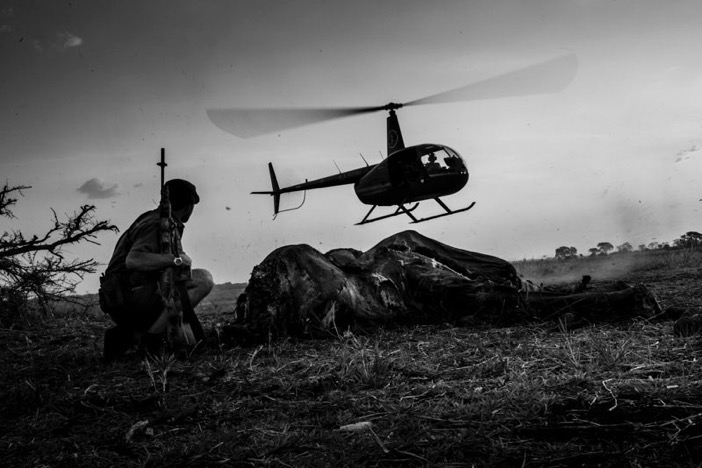
THE
POACHING WARS
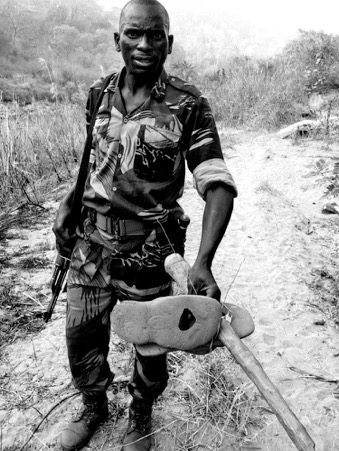
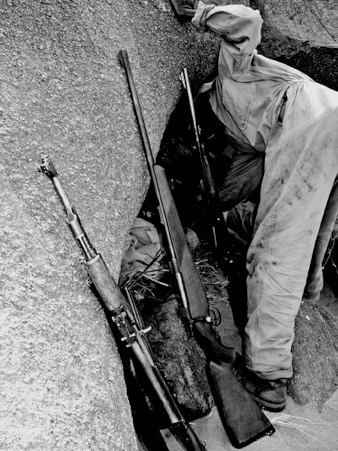
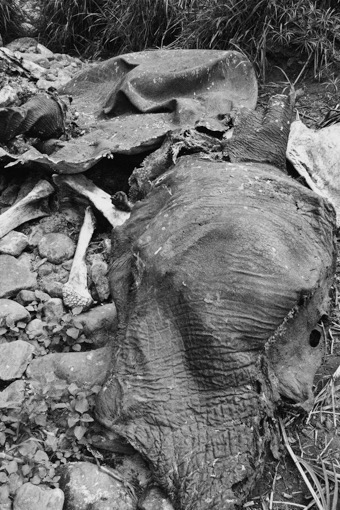


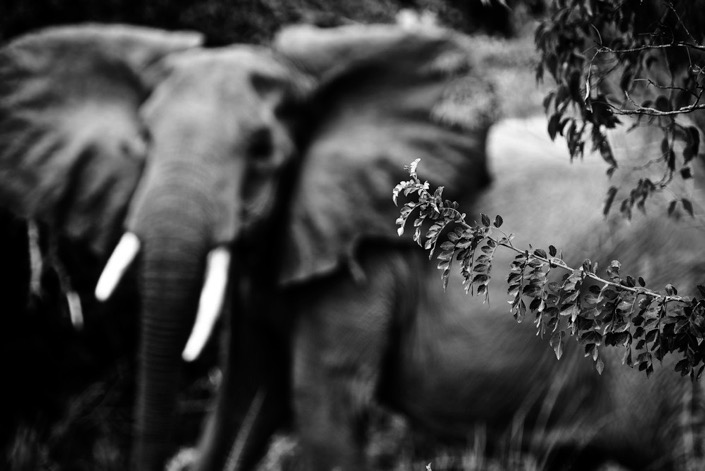


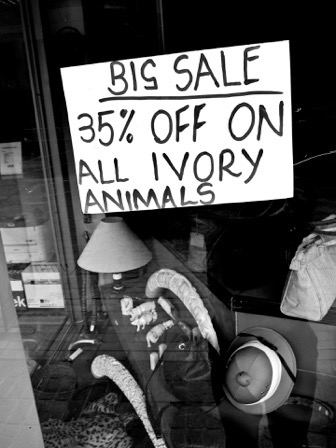
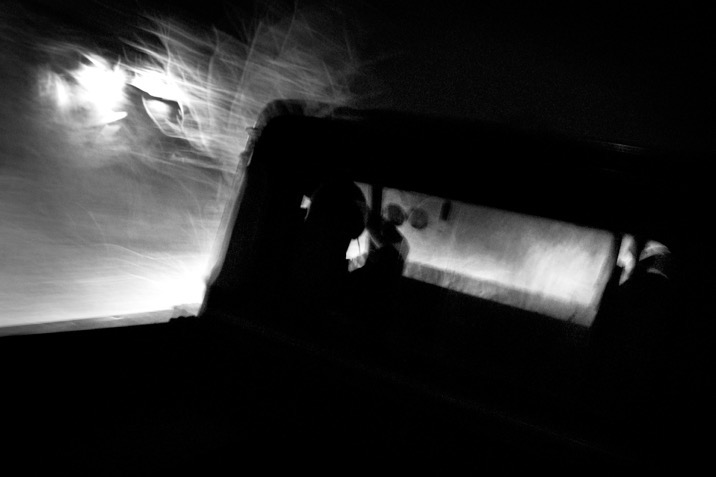
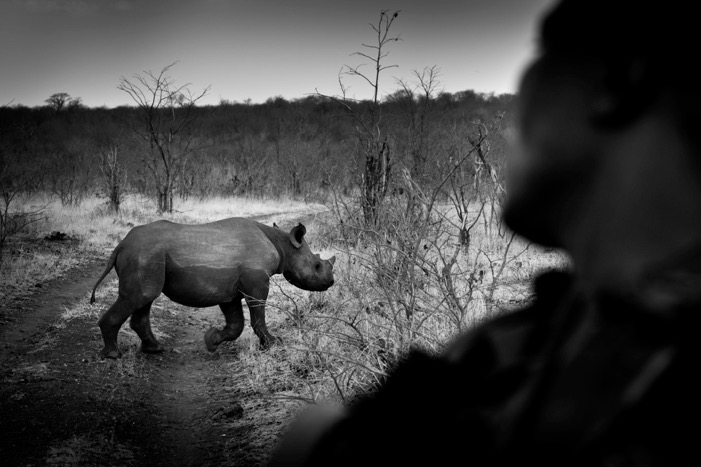
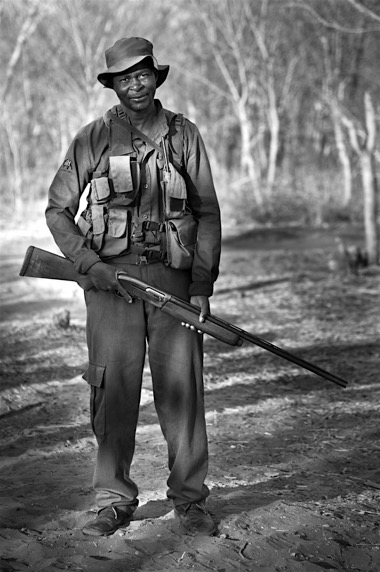
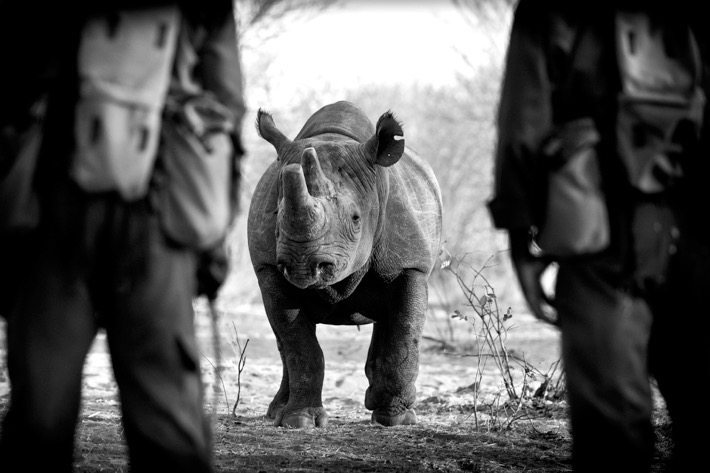

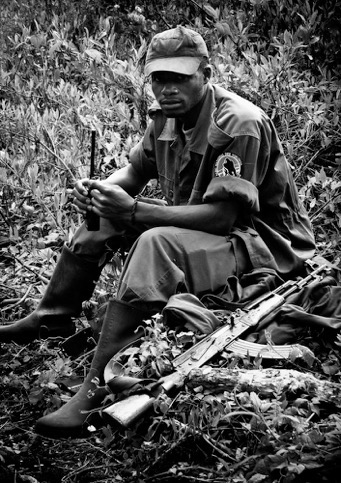
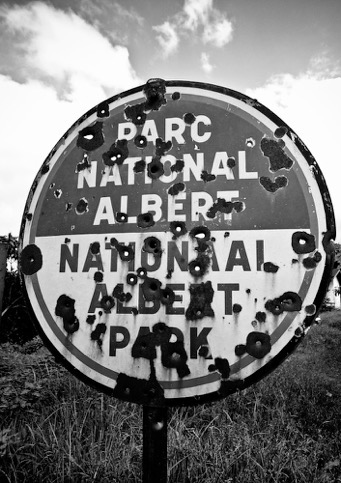
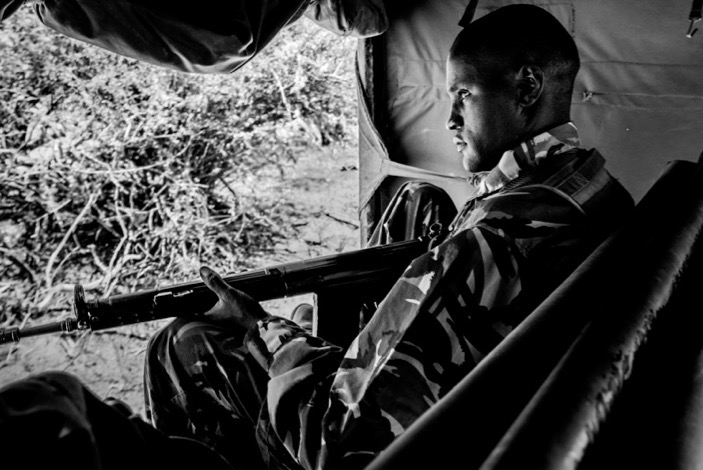
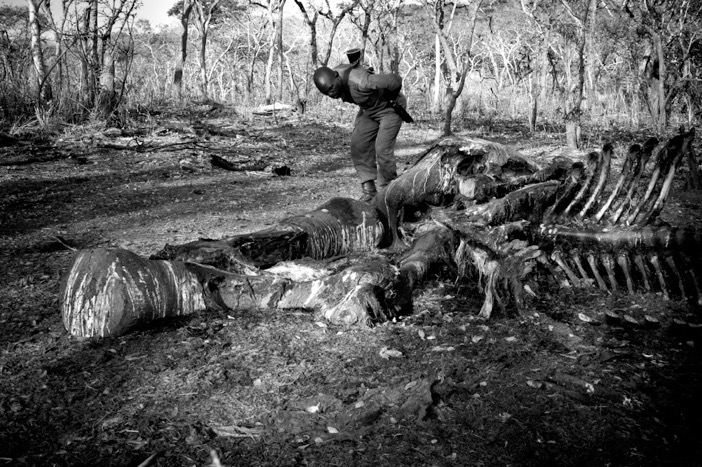
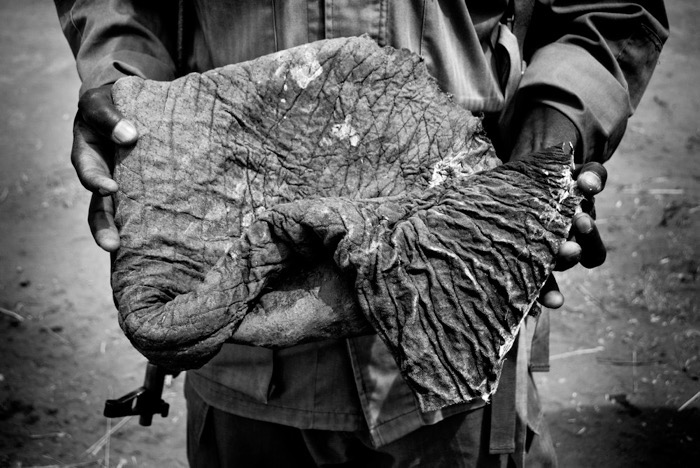
In vicious bush wars throughout sub-Saharan Africa, small numbers of wildlife rangers are fighting almost daily battles against overwhelming odds. They risk their lives with little training and old surplus equipment, trying to save the last rhinos and the rapidly shrinking elephant herds.
There are maybe 25,000 rhinos left in all of Africa, of which roughly 90% are in South Africa. In 2015, 1,175 rhinos were reported killed by poachers in South Africa. It was down from 1,215 in 2014, but still a huge increase from the 13 rhinos killed in 2007. More rhinos are being killed than are born.
It’s a fight we are losing.
Elephants are an equally urgent issue. The total number of African elephants is probably 350,000 - 400,000. A much larger number than rhinos, obviously.
However, everything about elephants is bigger, including the poaching statistics. In the three year period 2010 - 2012, an estimated 100,000 elephants were killed. That translates into nearly 100 elephants killed every day, or roughly 30,000 every year. This is still happening.
The killing is now on an industrial scale. Elephants and rhinos are poisoned by cyanide in waterholes or shot by professionals armed with silenced weapons and powerful protection from corrupt officials and politicians. The illegal international trade in ivory and rhino horn is a multi-billion dollar industry, fully comparable with illegal narcotics, arms and human trafficking, and is now controlled by the same global criminal syndicates.
There are reports that militias and terrorist groups, including Joseph Kony’s Lord’s Resistance Army, the Mai Mai in DR Congo and the janjaweed terrorising Darfur, are involved in the illegal ivory trade to finance arms purchases. ‘Blood ivory’ has become a term comparable to blood diamonds, with a similar link to the ongoing human tragedies in Africa’s conflict zones.
Encounters between rangers and poachers in the bush frequently turn into fire-fights, and outright ambushes against ranger patrols are increasingly common. According to the Thin Green Line Foundation and WWF, a ranger is killed in the line of duty every four days.
A number of governments, NGOs and private initiatives are attempting to redress the imbalance by supplying training and equipment to ranger units in Africa. However, the efforts are often hindered by corrupt officials who benefit from the slaughter to feed the growing demand for ivory and rhino horn.
The poaching disaster can only be stopped by ending demand in China, Vietnam and other end-market countries, and by involving local communities in Africa in conservation. But these are long-term solutions to a very immediate problem. In the short term, the rangers on the front-line urgently need our support.

“In WWF’s 50 years of conservation,
we have never seen wildlife crime on such a scale.”
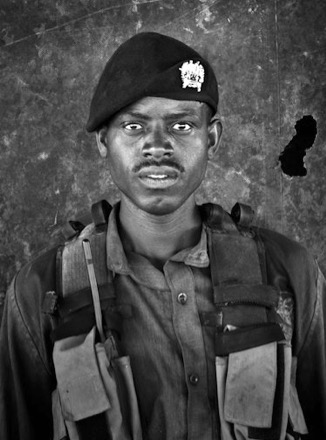
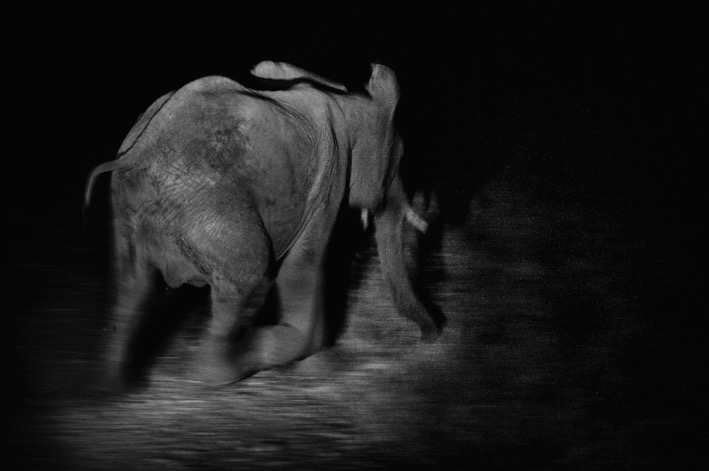
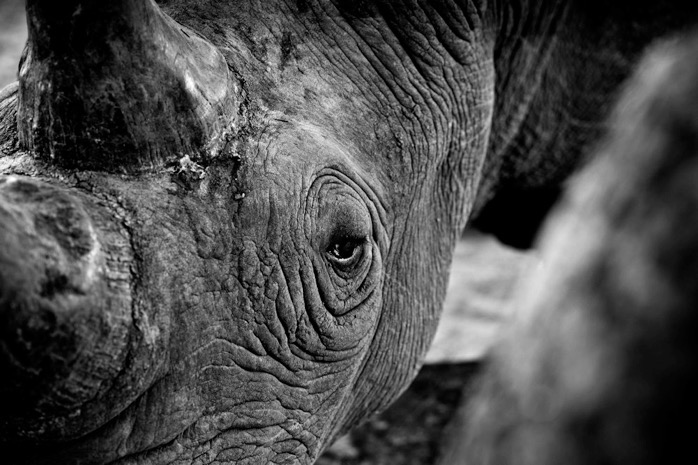
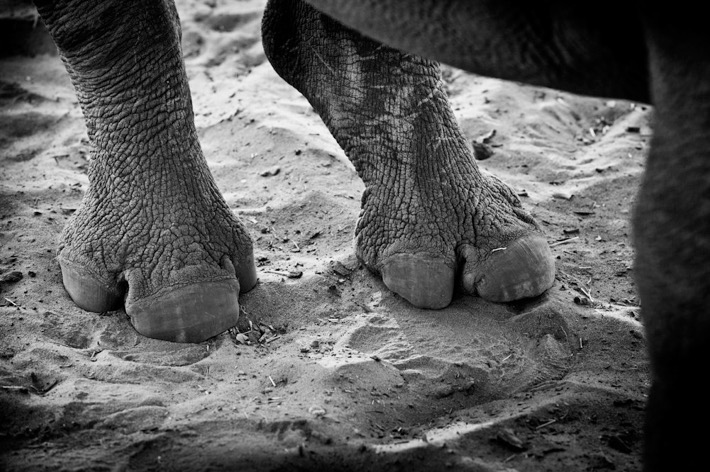



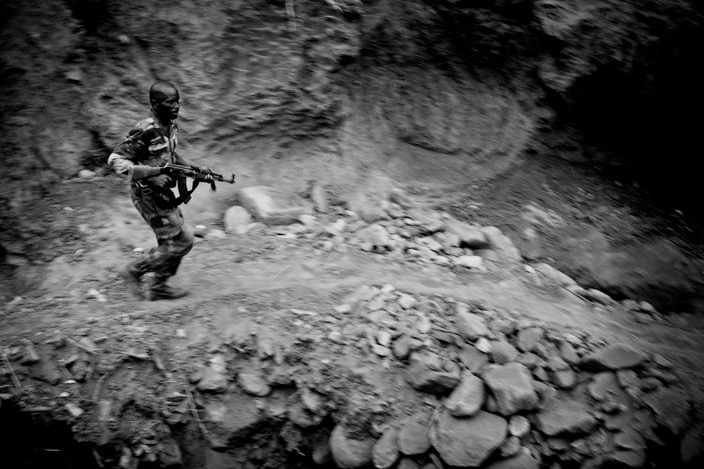

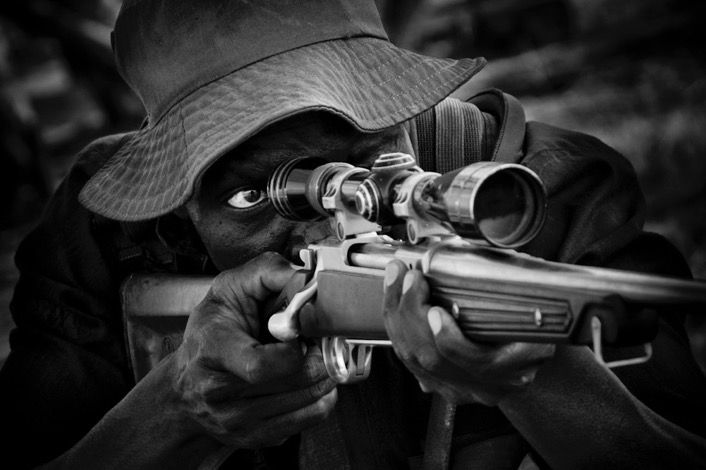

© Frank af Petersens

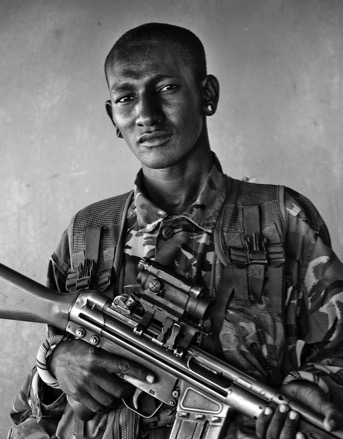
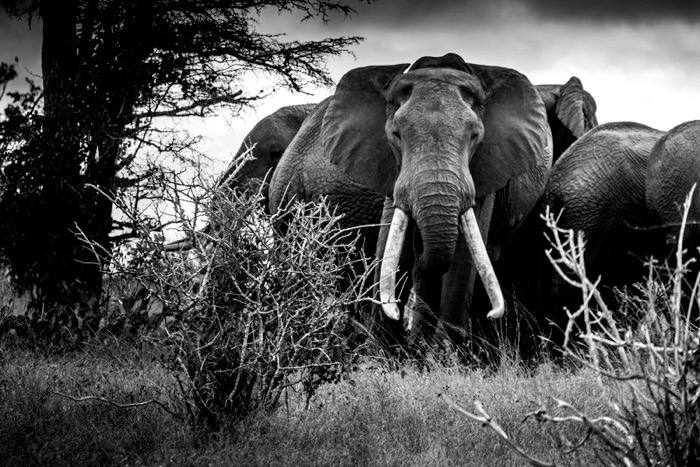
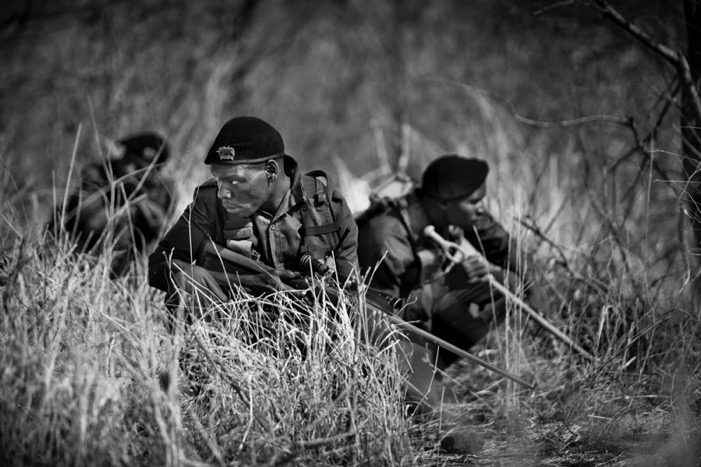
A ranger is killed in the line
of duty every four days.
